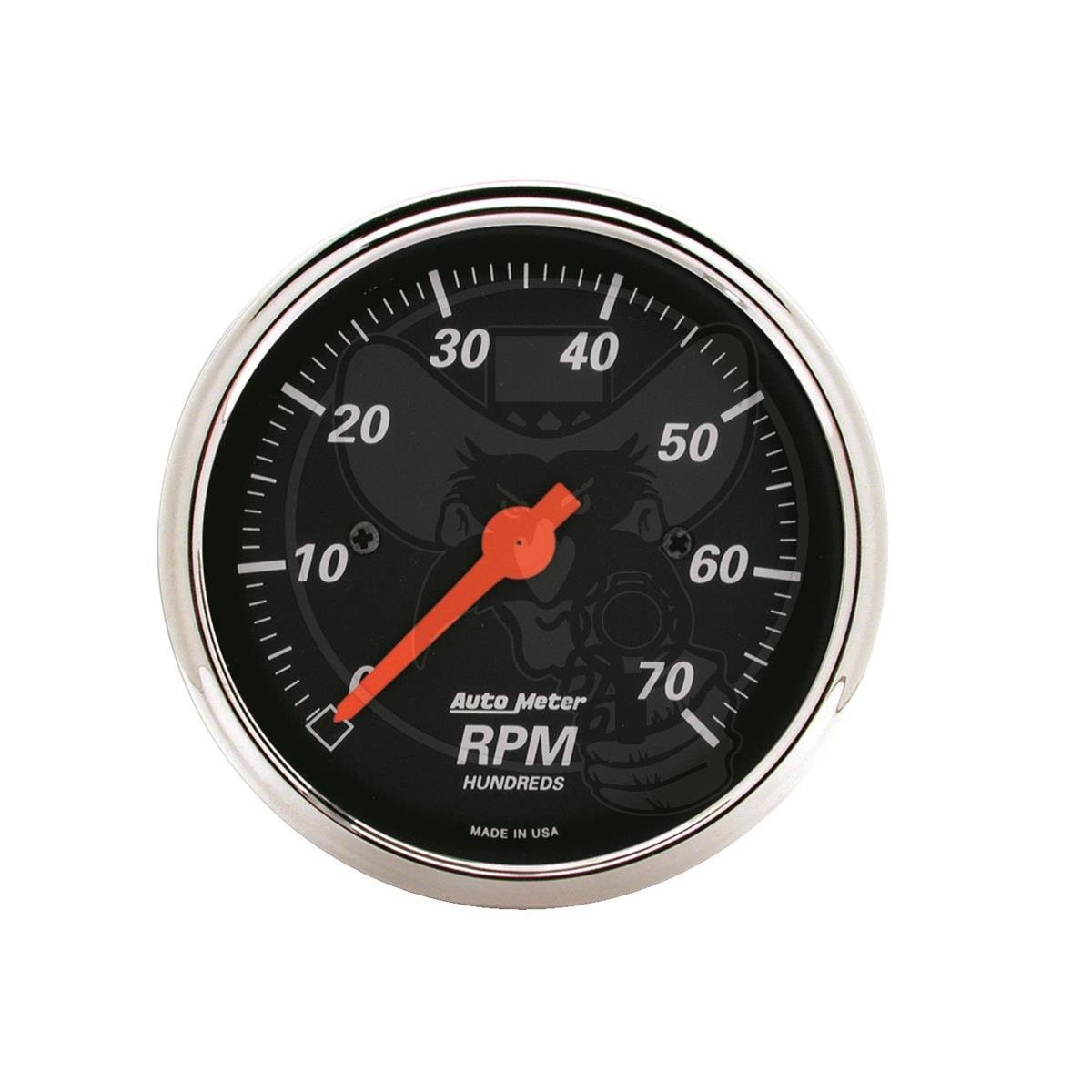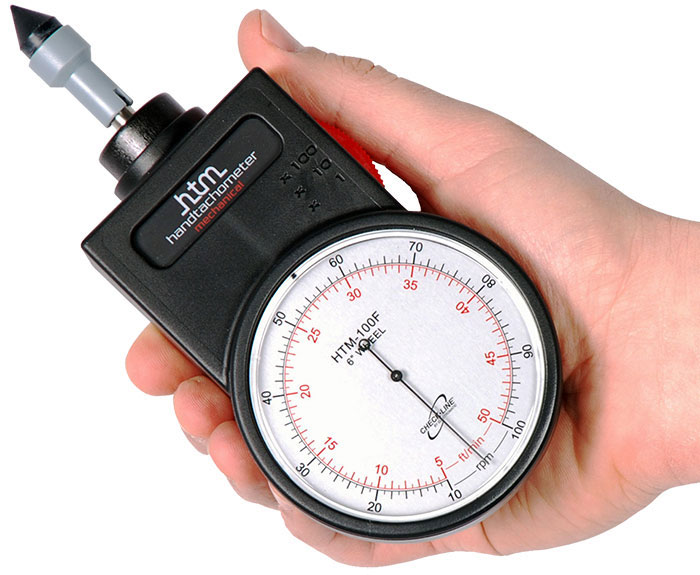Expert Tips for Maintaining and Calibrating Your Tachometer
Expert Tips for Maintaining and Calibrating Your Tachometer
Blog Article
Opening the Tricks of Tachometers: Whatever You Need to Learn About This Vital Instrument in Your Lorry
Recognizing the ins and outs of tachometers can supply important insights right into your automobile's performance and maintenance needs. From determining engine speed to deciphering the information it provides, tachometers work as a crucial tool for car proprietors and enthusiasts alike. By deciphering the enigmas behind this important tool, you can unlock a riches of information that can enhance your driving experience and ensure the durability of your automobile.
Relevance of Tachometers
The importance of tachometers depends on their capability to give vital real-time data regarding an engine's rotational rate, enabling precise surveillance and maintenance of equipment. By gauging the changes per min (RPM) of an engine's crankshaft, tachometers offer valuable insights right into the engine's performance - tachometer. This information is necessary for making sure that the engine operates within its ideal array, preventing possible damage from over-revving or underperforming
Tachometers play a crucial role in assisting drivers and specialists identify any type of abnormalities in the engine's speed, which might show issues such as fuel inadequacy, mechanical troubles, or excessive stress on the engine. By without delay identifying these problems via tachometer readings, maintenance can be done proactively, preventing costly repair services and downtime in the lengthy run.
Furthermore, tachometers are especially critical in high-performance vehicles and machinery, where exact control over engine rate is essential for optimum operation. Racing cars and trucks, airplane, and commercial tools depend on tachometers to deliver peak performance while maintaining security requirements. Essentially, tachometers are not simply tools for gauging rate yet crucial devices for ensuring the smooth and efficient operation of engines across various applications.
How Tachometers Measure Engine Speed
Utilizing sensors that identify the regularity of electrical pulses created by the engine's ignition system, tachometers precisely measure the rotational rate of an engine. By keeping an eye on the rate at which these pulses are obtained, tachometers supply real-time feedback on just how quick the engine's crankshaft is rotating per min, typically referred to as changes per minute (RPM)
The tachometer's sensing unit, usually attached to the engine's ignition coil or stimulate plug wires, grabs the electrical signals generated each time a cyndrical tube fires. These signals are then exchanged RPM analyses showed on the scale or instrument collection within the motorist's view. Tachometers can be analog or digital, with modern-day cars typically including digital display screens for accurate and instantaneous RPM readings.
This details is important for vehicle drivers to comprehend the engine's efficiency, protect against over-revving, maximize gear moving, and ensure effective gas intake. By accurately determining engine rate, tachometers play a vital function in aiding drivers operate their automobiles securely and efficiently.
Translating Tachometer Readings
Having a clear understanding of exactly how tachometers gauge engine rate sets the foundation for properly interpreting the RPM readings showed. Analyzing tachometer readings is essential for ideal lorry performance and engine health. RPM (Transformations Per Min) analyses on the tachometer show the speed at which the engine's crankshaft is rotating. When the engine is idling, the tachometer needle usually relaxes around 600-1000 RPM, relying on the lorry. As you accelerate, the RPM will enhance, showing the engine's higher rotational speed. When changing gears in a manual transmission car, the RPM will drop as you involve the clutch and change equipments, then climb once more as you increase in the brand-new gear. Keeping an eye on the tachometer can help you determine the most reliable shifting points to optimize fuel economy and engine power. Furthermore, abnormal variations or regularly high RPM readings might suggest prospective issues with the engine that may call for specialist interest. By paying interest to the tachometer readings and comprehending exactly how to interpret them, you can guarantee your lorry runs smoothly and successfully.


Tips for Utilizing Tachometers Efficiently
To boost driving effectiveness and optimize engine efficiency, what key methods address can be implemented for properly utilizing tachometers? Tachometers are critical tools that give real-time feedback on engine rate, enabling motorists to make informed choices for much better efficiency - tachometer. Here are some pointers for using tachometers successfully:
Understanding Ideal RPM Array: Familiarize yourself with the optimum RPM (Revolutions Per Minute) variety for your lorry. This range ranges various cars and is typically shown in the proprietor's manual. Keeping the engine within this variety can boost gas efficiency and extend the engine's life expectancy.
Changing Equipments at the Right Time: Use the tachometer to figure out the very best time to shift gears. Upshifting too early or far too late can lead to reduced performance and efficiency. Purpose to change equipments when the RPM gets to the optimum array for the following gear.
Monitoring Engine Stress: High RPMs for long term periods can strain the engine. Watch on the tachometer to avoid over-revving, specifically throughout velocity or when bring heavy loads.
Tachometers and Vehicle Upkeep
When taking into consideration lorry upkeep, tachometers play a vital function in keeping track of engine efficiency and spotting potential issues. Tachometers offer essential information on engine rate, enabling motorists and auto mechanics to ensure that the engine is operating within the suggested RPM array. Frequently keeping an eye on the tachometer readings can help identify issues such as engine misfires, damaged ignition system, or problems with additional resources the gas shipment system. By taking note of the tachometer, vehicle drivers can stop extreme strain on the engine, which can cause costly fixings down the line.
Along with spotting possible concerns, tachometers can likewise help in optimizing fuel effectiveness. By maintaining the engine rate within the optimal variety, chauffeurs can boost their gas mileage and lower my website fuel usage. This not just profits the driver's budget yet also contributes to ecological preservation by decreasing unsafe emissions.
Final Thought

Report this page